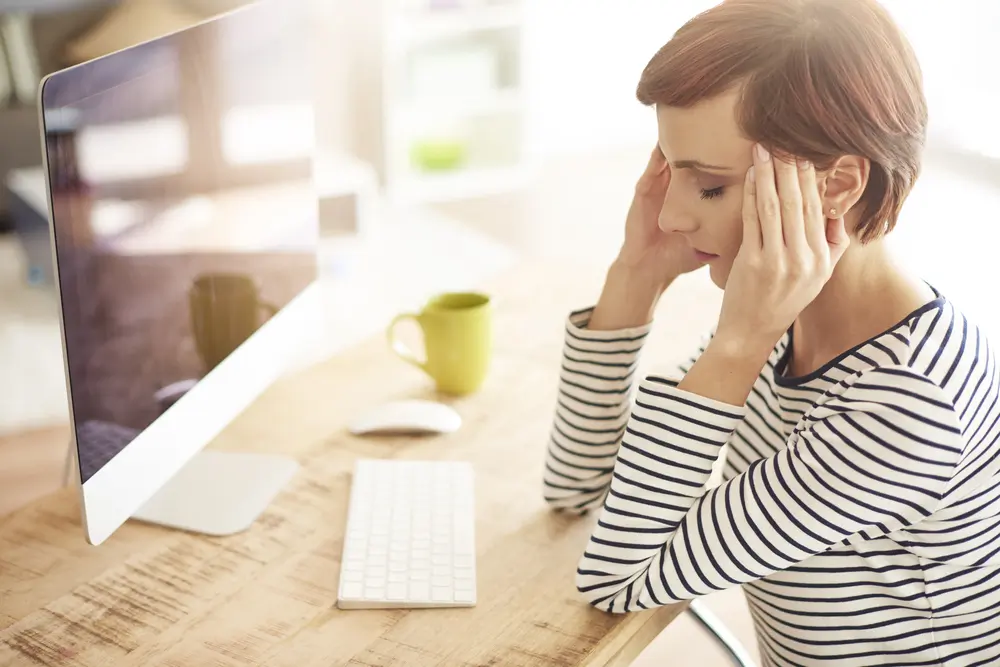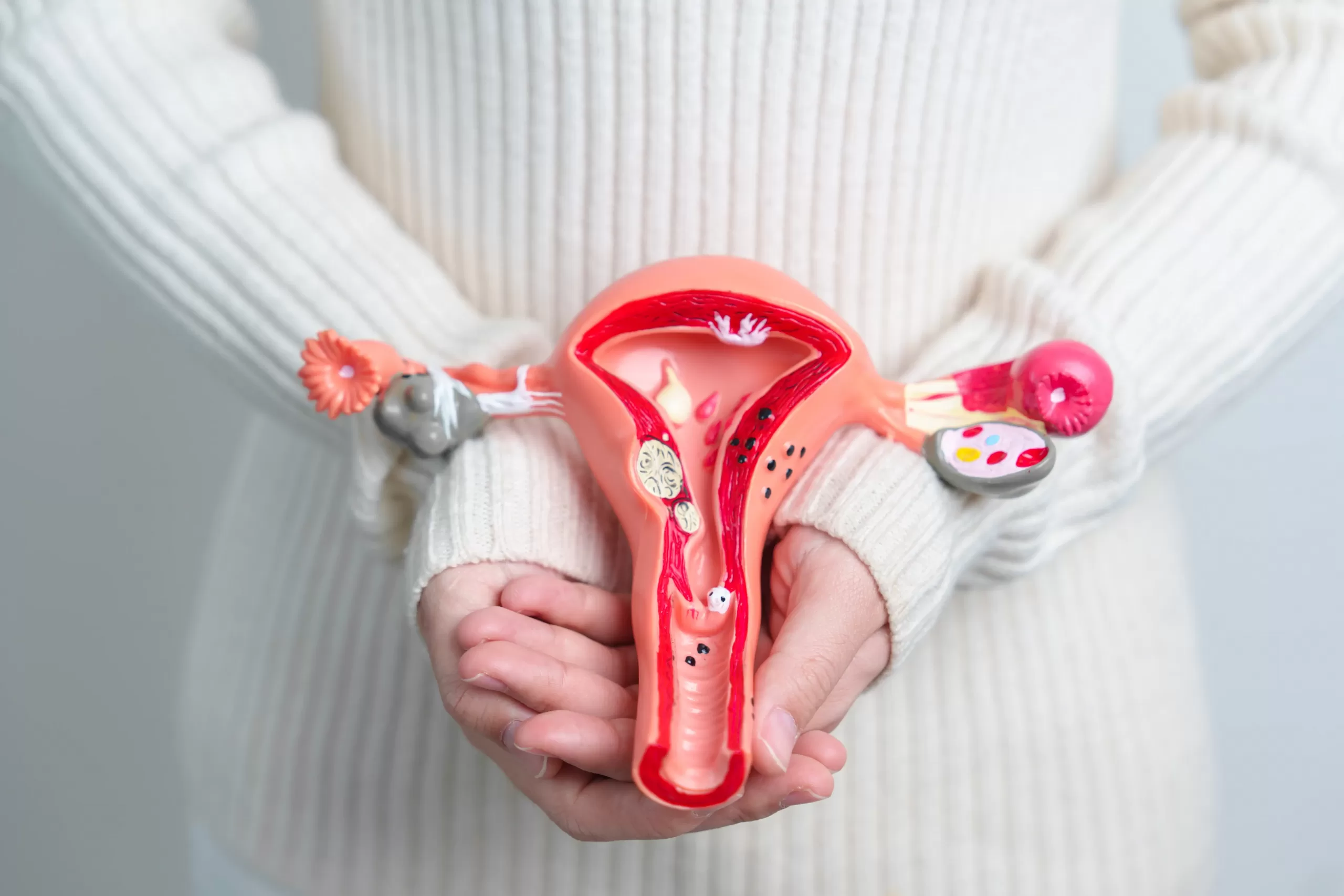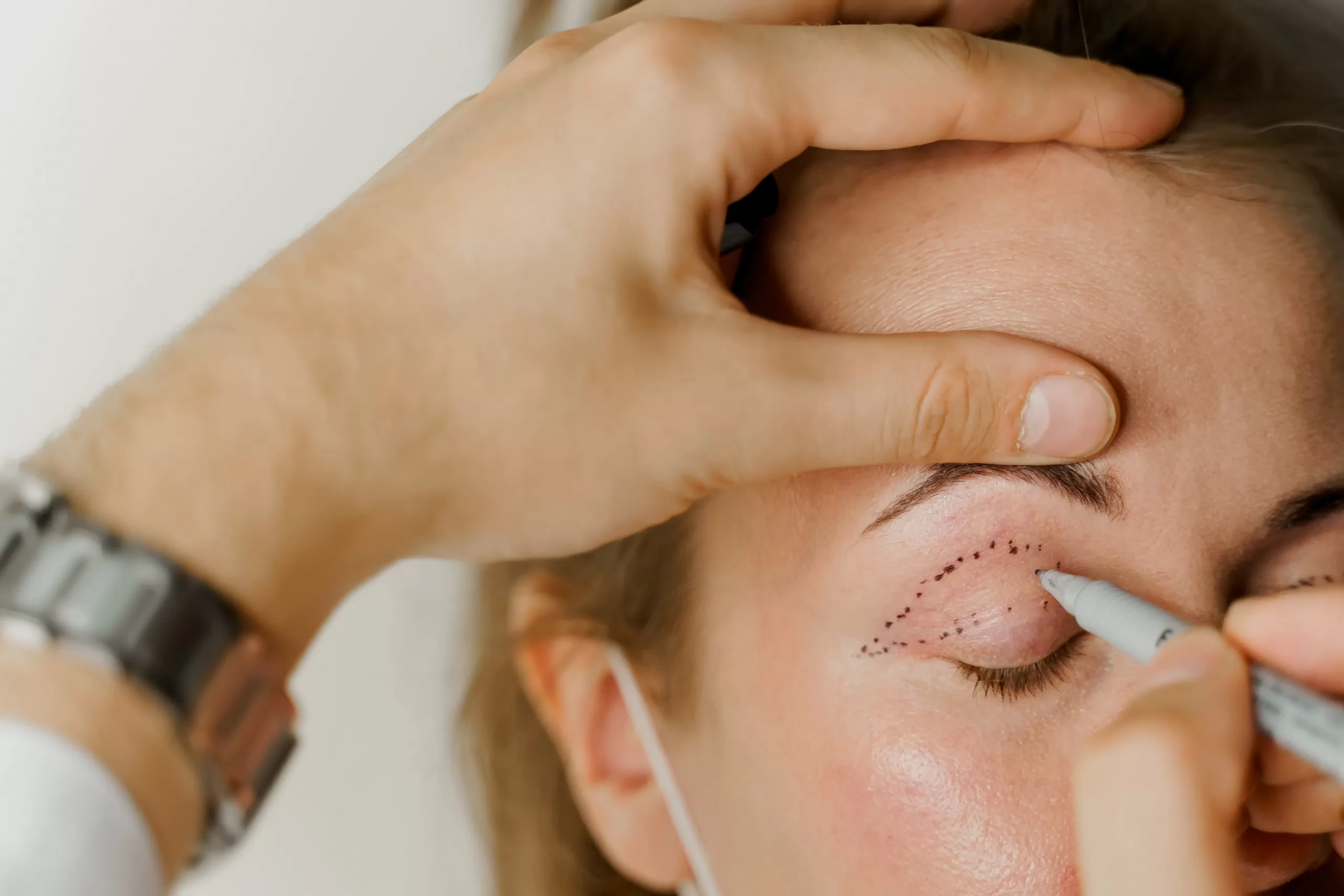What are the common triggers of Migraine?
Migraine affects about 1 in 5 Australians at some time in life. It’s much more common in women than men, and also affects 1 in 10 school age children. Some people only get migraines once in a while, but others can suffer from them quite frequently. It can be a very distressing condition, and can have a major impact on people’s lives.
Migraine headaches are usually one-sided and throbbing in nature, and are often associated with sensitivity to light, sound or even smell, as well as nausea or vomiting.
Some people experience ‘auras’ before their migraine headache– this is a warning sign that a migraine is about to start. An aura usually happens about 10-30 minutes prior to the headache. Most auras are “visual” –causing blind spots, blurred or distorted vision, brightly coloured moving zigzag lights or shimmering lines. Other auras are more unusual and may involve speech problems, limb weakness or sensory changes (numbness or pins and needles in the arms, face or lips). Some of these types of migraine aura can seem quite like a stroke- so, if a person is not sure, or it’s the first time the symptoms have happened, urgent medical attention is needed.
What triggers migraine?
It’s not always clear to people why they are getting migraine. But sometimes there may be a particular trigger- and if you avoid the trigger, maybe you can avoid the migraine! So it’s worth making sure than one of the following is not to blame:
Environmental factors:
- bright or flickering lights, bright sunlight
- strong smells, e.g. perfume, gasoline, chemicals, smoke-filled rooms, various food odours
- travel, travel-related stress, high altitude, flying
- changes in weather conditions or barometric pressure (likewise, decompression after deep-sea diving)
- loud noise
- computers (overuse, incorrect use)
Dietary factors:
- missed, delayed or inadequate meals
- caffeine (coffee and tea)- excess or withdrawal
- certain wines, beers and spirits
- chocolate, citrus fruits, aged cheeses and cultured products
- monosodium glutamate (MSG )- this is thought to be a very common cause
- dehydration
Hormonal factors in women:
- around the time of menopause
- menstruation (a UK study found 50% of women more likely to have migraine around menstruation)
- ovulation
- the oral contraceptive pill
- pregnancy (migraine may worsen for the first few months of pregnancy but often improves in the later part of pregnancy)
- Hormone replacement therapy (HRT)
Physical and Emotional factors:
- lack of sleep or oversleeping (even as little as half hour difference in routine can be a trigger)
- illness such as a viral infection or a cold
- back and neck pain, stiff and painful muscles, especially in the scalp, jaw, neck, shoulders, and upper back
- sudden, excessive or vigorous exercise (however, for many people regular exercise can actually prevent migraine)
- emotional triggers such as arguments, excitement, stress
- relaxation after stress (weekend headache)

Once you have been diagnosed with migraine by your GP or a specialist, you may need a regular/ repeat prescription, and maybe occasional medical certificates for sick leave. These days, online prescriptions and online medical certificates are available without the need to go to your GP in person every time. Seeing an online doctor is quick, easy and good value for money. If you haven’t used an online doctor before, check out www.qoctor.com.au – an online GP service provided by Aussie doctors.
What is a hysterectomy and when is it needed?
What is a hysterectomy and when is it needed? A hysterectomy is a surgical procedure to remove a woman's uterus (womb), usually performed by a gynaecologist. It is commonly [...]
Eyelid cosmetic surgery
Is Eyelid Cosmetic Surgery Right for You? Are your eyelids feeling heavy? Do they affect your vision, making everything blurry or giving you a sense of constant fatigue? Do [...]
How to get the most out of your doctor’s appointment
How to get the most out of your doctor’s appointment Have you had a bad experience with doctors? Are you nervous about your next doctor’s appointment? Whether you are [...]




